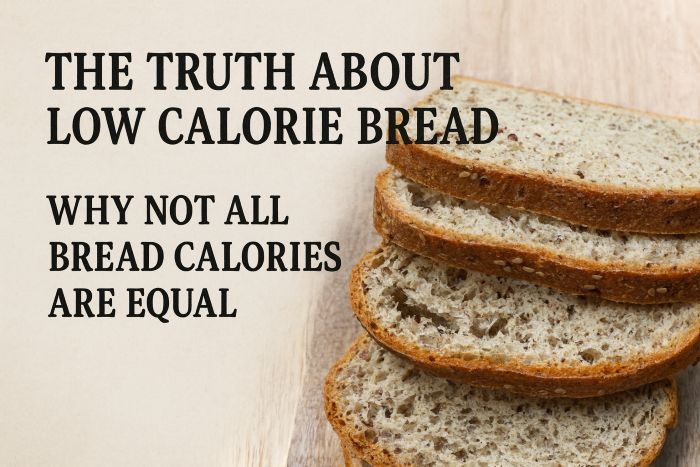
Bread trends come and go, but sourdough bread has remained a timeless favorite for centuries. What began as a staple in ancient civilizations has transformed into a modern wellness icon, loved for its tangy flavor, chewy crust, and gut-friendly qualities. In 2025, sourdough is enjoying a major revival—this time fueled by a return to ancient grains, innovative baking methods, and the growing demand for healthier, low-carb alternatives.
Sourdough dates back more than 4,000 years, long before commercial yeast existed. Ancient Egyptians were among the first to ferment wild yeast and bacteria, creating the first leavened bread. This slow fermentation process not only made bread lighter and tastier but also easier to digest.

Fast forward to today, bakers and health-conscious consumers are once again embracing these traditional fermentation methods. The difference? Now, sourdough is being reimagined with ancient grains like spelt, millet, quinoa, and einkorn—grains that carry both rich history and modern nutritional benefits.
Modern wheat dominates grocery store shelves, but it isn’t always the healthiest option. Ancient grains are gaining renewed attention for several reasons:
By combining these grains with sourdough’s natural fermentation, bakers are creating breads that are nutritious, flavorful, and aligned with modern dietary needs.
Sourdough in 2025 isn’t just about tradition—it’s about innovation. Here’s how the new wave of sourdough is keeping up with changing lifestyles:
The modern sourdough movement isn’t only about health—it’s about taste. Bakers are experimenting with add-ins like flaxseeds, chia, pumpkin seeds, and even herbs to boost nutrition and flavor. Ancient grains naturally bring out deeper aromas, while fermentation adds sour, tangy notes that no quick-rise bread can replicate.
This marriage of flavor + function is why sourdough continues to dominate foodie culture, social media, and wellness blogs.
Amid this comeback, Low Carb Avenue stands out as a trailblazer. Their doctor-crafted sourdough offers:
Instead of choosing between indulgence and health, consumers can now enjoy the classic sourdough experience with a modern, low-carb twist.
Sourdough bread has always symbolized patience, tradition, and craftsmanship. In 2025, its resurgence highlights a global shift back to ancient grains, sustainable practices, and functional foods. Yet, thanks to modern innovation, sourdough is now more inclusive—welcoming those on keto, diabetic, or low-calorie diets.
Whether you’re a traditional bread lover or someone searching for healthier choices, sourdough proves that the old and the new can coexist beautifully. And with brands like LowCarb Avenue leading the way, the future of bread looks both wholesome and delicious.
FAQ Questions:
Sourdough bread is gaining popularity again because of its gut health benefits, use of ancient grains, and modern low-carb adaptations that fit today’s diets.
Sourdough undergoes natural fermentation, which improves digestion, lowers gluten levels, enhances nutrient absorption, and delivers beneficial probiotics.
Yes. While traditional sourdough is higher in carbs, brands like LowCarb Avenue offer keto-friendly sourdough with only 3g net carbs per slice.
Modern sourdough often includes spelt, quinoa, millet, and einkorn. These ancient grains provide more nutrients, unique flavors, and easier digestion than standard wheat.



Don’t want to buy online? You can buy our low carb bread at any of these local retail locations
Alabama
Arkansas
Connecticut
Delaware
District of Columbia
Florida
Georgia
Illinois
Indiana
Iowa
Kansas
Kentucky
Louisiana
Maine
Maryland
Massachusetts
Michigan
Minnesota
Mississippi
Missouri
Nebraska
New Hampshire
New Jersey
New York
North Carolina
Ohio
Oklahoma
Pennsylvania
Rhode Island
South Carolina
Tennessee
Vermont
Virginia
West Virginia
Wisconsin
Armed Forces (AA)
Armed Forces (AE)
Armed Forces (AP)